Text




Was sifting through some late 16th/early 17th century stammbucher (basically little scrapbooks that people would collect cards, stamps, drawings, etc in, especially while travelling; their friends and family could also add little entries to your book, like memories, poems, drawings, or well wishes) in online libraries, and thought I'd share some fun images of people doing who knows what. Bowling for ladies? Running from cupid and getting tied to trees for it? Rolling around your really bendy dude? Just another Tuesday in 17th century Germany.
20 notes
·
View notes
Photo
A fashionable man from the Napoleonic era.
I particularly like the boots and the yellow breeches with the buttons at the knee. At the man's right elbow and trailing to the ground is what appears to be an overcoat with four superimposed cape collars.
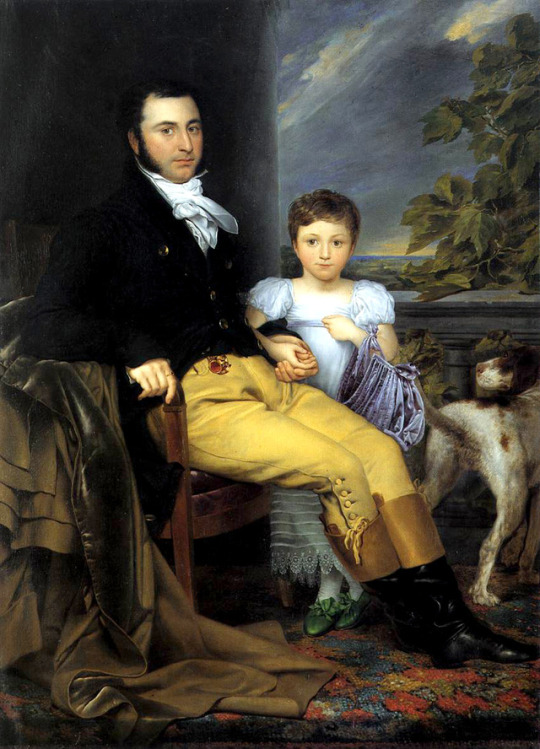
1814 Joseph Denis Odevaere - Portrait of a Gentleman with his Daughter and Hunting Dog
(Groeninge Museum)
95 notes
·
View notes
Text
For those of you who love Baroque music. I know nothing about music, but this is what my ears like.
Dario Castello (1602-1631) - Sonata X
youtube
7 notes
·
View notes
Text
The frill at the bottom of Hortense's dress leads me to believe this was painted in the latter half of the 1810s. She would have been living in exile by then.

Hortense de Beauharnais, Queen of Holland by Auguste Simon Garneray, 1800s-1810s
49 notes
·
View notes
Text
I don't reblog often, but I like this so, so much that I had to.
The colour of this suit is divine, its cut crisp, modern and elegant, with just enough embellishment: contrast piping around the edge of the collar, and soutache and tassels at the waistband.
This is one of my favourite periods in fashion history, from around 1912 until 1920; after that we get into the shapeless flapper period where exquisite embellishment can't compensate for the shapeless, unflattering drop-waisted cut.
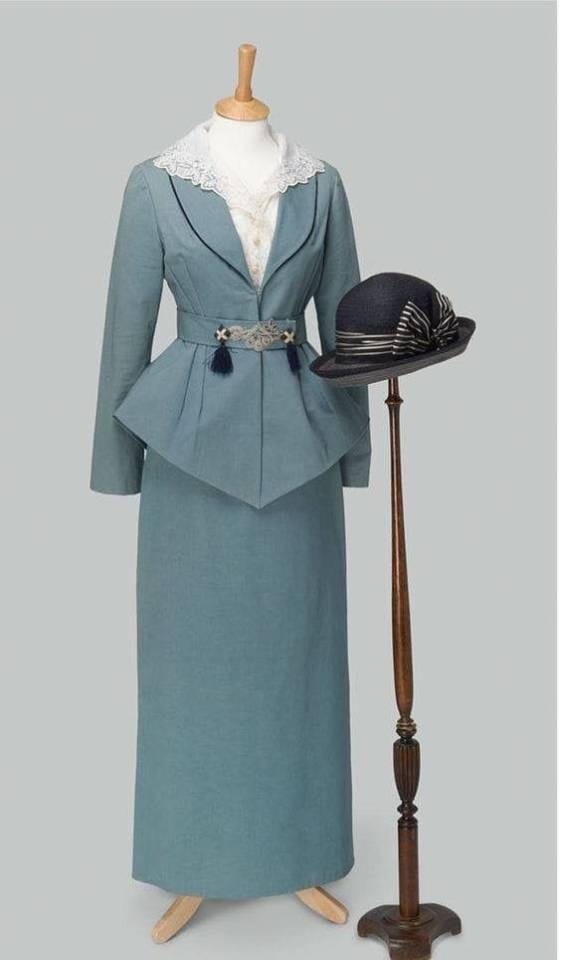
1913 Walking suit and hat, perfect for the Easter Parade. No other information was given with this set. From Art Deco, Art Nouveau & 20th Century Decoratif Arts Group, FB.
573 notes
·
View notes
Text
She is fashionable indeed. Her dress is the almost compulsory white, but touches of bright colour appear in her accessoires: scarf, gloves, sash, and almost equally compulsory shawl.
Coral was also right up there for those who were with it; witness her string of beads and earrings along with the coral decoration of her gold diadem.
Finally, the curly hairstyle was also the in thing. As for hair colour, Madame Junot described Berthier's hair as "neither blonde nor black", and she didn't mean that as a compliment. I take it as an indication that the preferred hair colours were either blonde or black. This lady's hair is definitely raven black.

ab. 1810 François-Henri Mulard - Portrait of a Lady in Fashionable Attire
(Tokyo Fuji Art Museum)
609 notes
·
View notes
Text
There can never be too many libraries.

Old abandoned grocery store repurposed as a library
42K notes
·
View notes
Text
I think either Countless Potocka or Georgette Ducrest wrote about this princess and her odd ideas about dressing. I will have to try to retrieve it.
In this particular two-sided portrait, there is nothing odd about what she wears, except maybe her overly heavy hair ornament; that grapevine eats up the upper part of her face. However, her dress is beautifully embroidered. The back view shows a fashionable hairstyle as well as the way necklaces were fastened.


Miniature portrait of Maria Antonia of Naples, Princess of Asturias, c. 1800-1806
82 notes
·
View notes
Text
It's hard to imagine now what a startling novelty ATMs were when they came out. Back in the 1970s, banking hours in Canada were from 10:00 a.m. to 3:00 p.m. so on payday your lunch hour was spent in a long line-up at the bank. ATMs were liberating!
Not quite trouble free, though. However, that worked in my favour once when they were new in Ottawa, where I was living at the time: an ATM spat out an extra $20 for me. I was dirt poor then and I didn't go back to the bank the next day to return the extra cash. I still feel guilty about that when I think about it.

ATM Machine Outside Kmart, 10 W Lake St, Minneapolis (1978) via HCLIB
133 notes
·
View notes
Text
Coral jewellery was all the rage during the Napoleonic era. As I recall Joséphine wore a coral necklace in one of her latest (perhaps her last) portrait.


In 2002’s Napoléon, Isabella Rossellini’s Josephine wore a set of coral jewelry consisting of a necklace and earrings. Twenty years later, the necklace was reused in Diane de Poitiers (The King’s Favorite) on Gaia Girace as Catherine de Médicis.
Costume Credit: Lucia
Follow: Website | Twitter | Facebook | Pinterest | Instagram
227 notes
·
View notes
Photo
i think Kitty looks rather dashing.
The anecdote about the cat in his three-piece outfit is pretty good too. All that was missing were the stockings and shoes.

The tailors at Colonial Williamsburg made a suit for their cat
48K notes
·
View notes
Text
Aw, come on. Anybody who shares a home with a cat knows that the roles are reversed.
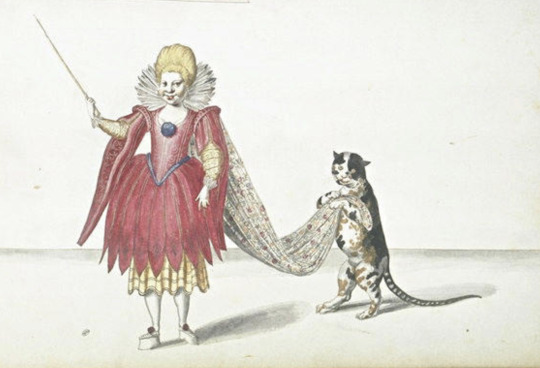
Just a normal day out being normal. 16th or 17th century. Source.
369 notes
·
View notes
Text
I am a big fan of portraits d'intérieur, so glad that such artwork preserved what rooms truly looked like in homes lived in by the range of society going from high aristocracy to confortable middle class. But such paintings go beyong just their documentaire value, they are a joy to look at.
All the rooms shown here might have easily been depicted through photography, but somehow it would not have been quite the same.
In the room with the staggering number of paintings, I noticed a bulky radio set - unless it's a very early generation television set - sitting on an antique table next to the fireplace. So incongruous, but at the same time proof that this was a room that was used by the people who lived in this house beyond being just a showcase to impress visitors.
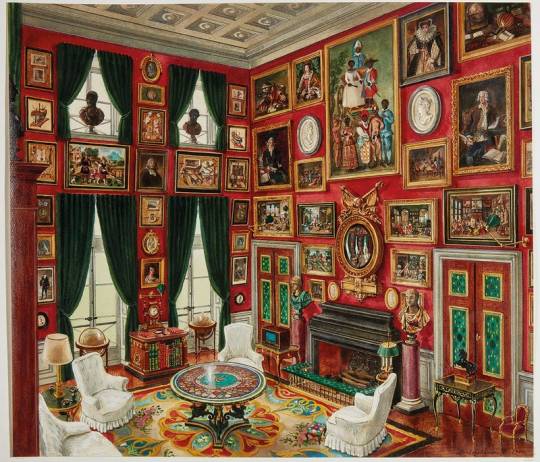
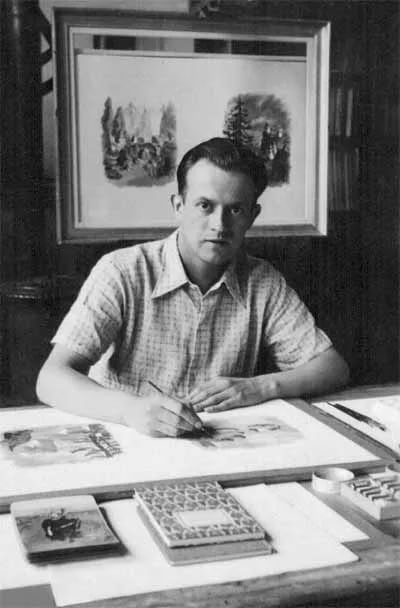

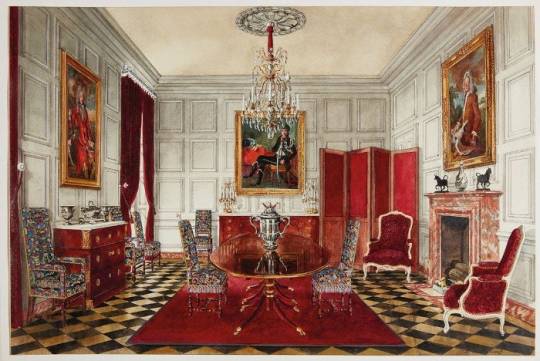

Alexandre Serebriakoff, watercolours of Château de Groussay (France). Serebriakoff (1907-1995) was a Ukrainian-born watercolour artist who lived and worked most of his life in France. He developed contacts with French and English high society, and made watercolour albums depicting the richly furnished interiors of French chateaux and London flats, so-called Zimmerbilden or portraits d'intérieur. It was once a popular and charming genre of art, of which older examples are often of interest for the cultural historian, but has faded from the mainstream. Serebriakoff was one of the last masters of the genre.
Pics from here, which also provides an interesting read.
138 notes
·
View notes
Text
This is why my soup always comes out like a brick! Why didn't anybody tell me before?

Lewiston Evening Journal, Maine, January 16, 1917
2K notes
·
View notes
Text
My story about Napoléon and Berthier in their undies was revived recently. Its illustration by kaxenart merits revival also, so here it is.

A request for Napoleon, Berthier, and Bruyère in their underwear from @northernmariette
Based on this story here
#marshal berthier#napoleon#general bruyere#kaxenart#louis-alexandre Berthier#polish lancers#russian campaign
47 notes
·
View notes
Text
Woah, here is this big emphasis on chocolate but missing from this story is the big pâté. I'm not even joking.
Don't ask me where I read the story, but when Lefebvre responded to Napoleon's summons, he was invited to cut into this huge Dantzig-shaped pâté by Napoléon and a grinning Berthier. That must have been a sight. I wish someone has taken the time to make a painting of it. Where was Lejeune when you needed him?

In 1808, Napoleon sought to strengthen his throne through the creation of a new nobility. He was determined to include Marshal Lefebvre among his new Dukes in order to gain acceptance for his new nobility among the Republicans. One day, Napoleon sent an officer to the Marshal with the orders to tell him: “Monsieur le Duc, the Emperor wishes you to breakfast with him, and asks you to come in a quarter of an hour.” The Marshal did not hear the title and simply said that he would attend. Upon entering the breakfast-room, Napoleon went up to him, shook hands with him and told him: “Good-morning, Monsieur le Duc; sit by me.” Marshal Lefebvre heard the title and thought he was joking. Napoleon further confused him by saying: “Do you like chocolate, Monsieur le Duc?” The confused Marshal replied: “Yes sire.” Napoleon then went to a drawer, took out a packet of labelled chocolate and gave it to the Marshal. When he opened it, he was surprised to find it containing 100,000 écus in bank notes.
.
69 notes
·
View notes
Text

In 1808, Napoleon sought to strengthen his throne through the creation of a new nobility. He was determined to include Marshal Lefebvre among his new Dukes in order to gain acceptance for his new nobility among the Republicans. One day, Napoleon sent an officer to the Marshal with the orders to tell him: “Monsieur le Duc, the Emperor wishes you to breakfast with him, and asks you to come in a quarter of an hour.” The Marshal did not hear the title and simply said that he would attend. Upon entering the breakfast-room, Napoleon went up to him, shook hands with him and told him: “Good-morning, Monsieur le Duc; sit by me.” Marshal Lefebvre heard the title and thought he was joking. Napoleon further confused him by saying: “Do you like chocolate, Monsieur le Duc?” The confused Marshal replied: “Yes sire.” Napoleon then went to a drawer, took out a packet of labelled chocolate and gave it to the Marshal. When he opened it, he was surprised to find it containing 100,000 écus in bank notes.
.
69 notes
·
View notes